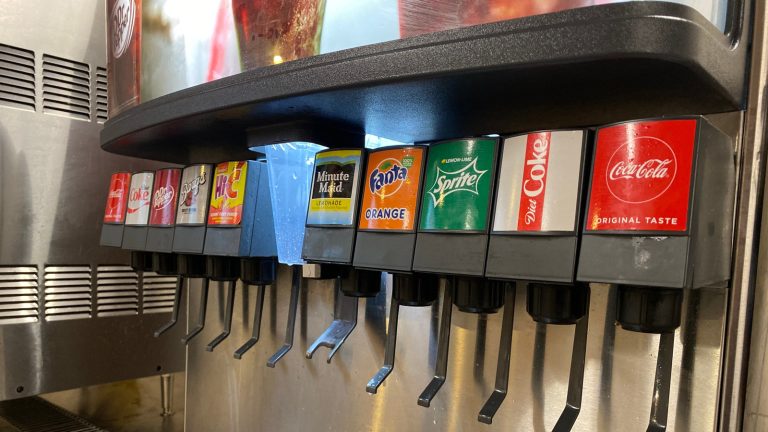Here at Tasting Table, we’re all about a lobster roll enjoyed by the water. But that seaside lobster roll itself should never be soggy. Today’s expert tip comes from Steve Kingston, owner of Maine seafood mainstay The Clam Shack and advisor to the Maine Lobster Marketing Collaborative. According to Kingston, there’s a three-pronged method that seafood-loving home cooks can use to help prevent their homemade lobster rolls from turning out soggy.
“Chill your lobster meat after cooking,” Kingston shares in an interview with Tasting Table. “Never toss it straight from the pot into the bun.” To expedite the process, fill a wide bowl with cool water. Your lobsters have cooked fully once they’re bright red in hue, at which point they can be transferred to that cold water and left to chill for three to five minutes before cracking. Maine lobsters naturally thrive in cold waters, after all. Pro tip: Foodies on a budget can also swap the lobster for salmon to make a savory, luxurious roll — just be sure to chill it after cooking.
“Second,” says Kingston, “toast or grill the bun. A warm, slightly crisp roll adds structure and keeps the moisture out.” Soft white bread rolls are customary for true Maine lobster rolls, but they can become soggy more quickly than harder breads. To bypass this, give those split-top hot dog buns a light toast. Beyond the structural integrity, the toasted bread’s slight sweetness also emphasizes the subtle sweetness of the meat tucked inside.
Chill the meat, toast the bun, and go easy on the mayo or butter
To toast your lobster roll bun, simply swipe the insides with butter and/or mayo, then pop it in a toaster oven, on the grill, under the broiler, or in a buttered skillet for about a minute on each side. But don’t add too much sauce. “Go light on the mayo or butter,” Kingston tells us. “You want just enough to complement the lobster, not soak the bread.” Too much mayo will mask the lobster meat’s impressive yet delicate flavor. Just a few tablespoons of mayo per pound of lobster meat is enough, and be sure to dress the meat while it’s still slightly warm. The excess mayo can drip off in a colander (rather than into that soft bun, soggying the bread) so that only a thin layer of mayo coating remains. For maximum drainage, transfer the colander and drippings-catching dish to the fridge to chill for at least a full hour.
“Simplicity, balance, and timing,” says Kingston, “that’s the trifecta.” Speaking of timing, summer and early fall are prime time peak season for the freshest Maine lobsters, yielding the most tender meat. If you happen to be in Maine for a taste of New England summer at The Clam Shack, helmed by Kingston, a lobster roll “lunch box” (which comes with fries, cole slaw, and sauce) runs for $35.95 — and, with the restaurant’s location perched at a bridge on the Kennebunk River, foodies can dine on the waterfront, sans-sogginess.






